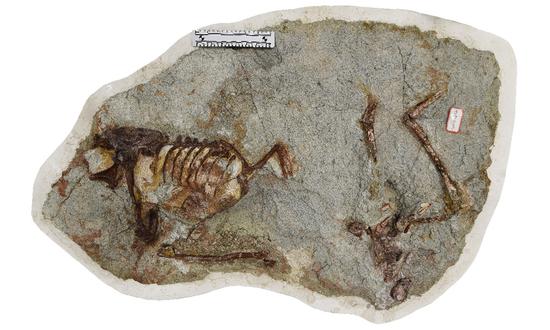
(Photo/peopleapp.com)
Chinese paleontologists have discovered two relatively complete and closely adjacent dinosaur skeleton fossils in North China's Inner Mongolia Autonomous Region, which have been identified as a new group of oviraptorosaurian dinosaurs, naming it as "Yuanyanglong bainian," reported the People's Daily on Saturday.
Yuanyang refers to mandarin duck in Chinese, an animal that symbolizes a loving couple or two lovebirds that mate for life. The new discovery has provided the first Early Cretaceous oviraptorosaur traces near the Gobi Desert, offering additional insights into the biology and ecology of early-diverging oviraptorosaurs.
A recent press conference revealed that in 2021, research fellows from the Inner Mongolia Museum of Natural History discovered two dinosaur skeleton fossils at Lower Cretaceous Miaogou Formation of the Maortu locality in Chilantai in Alxa Left Banner. Through the joint efforts of researchers from the Institute of Vertebrate Paleontology and Paleoanthropology, the Chinese Academy of Sciences and the Inner Mongolia Museum of Natural History, the two fossils were discovered to be a new group of oviraptorosaur dinosaurs, and the dinosaurs named "Yuanyanglong bainian."
The holotype specimen of "Yuanyanglong bainian" includes parts of the vertebrae, ribs, part of the shoulder girdle, forelimbs, a relatively complete belt and part of the hind limbs. The classified specimens include an incomplete head, part of the dorsal vertebrae, sacral vertebrae and belt exposed on the ventral surface, and part of the hind limbs.
The two fossils date back to the early Cretaceous period (approximately 100 million years ago) and belong to a small theropod dinosaur.
After study and comparison, it was found that its combination of morphological characteristics is different from other known members of oviraptorosaurs, and it represents a new, smaller group of oviraptorosaurs.
Since the fossil specimen contains two sets of fossils, the genus name was derived from the words "Yuanyang," which symbolizes eternal pairing, and "long," a transliteration of the Chinese word for dragon.
The new discovery reveals the morphological characteristics of early oviraptorosaurs and it enriches our understanding of the early evolutionary history of oviraptorosaurs, said the report.


























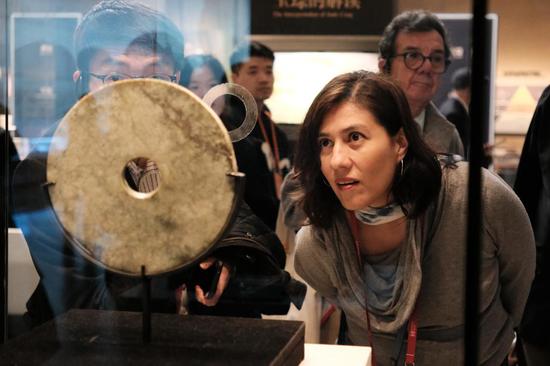


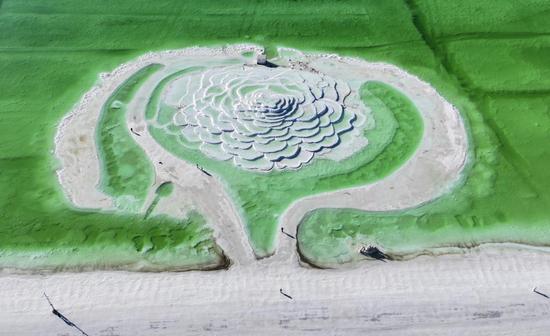


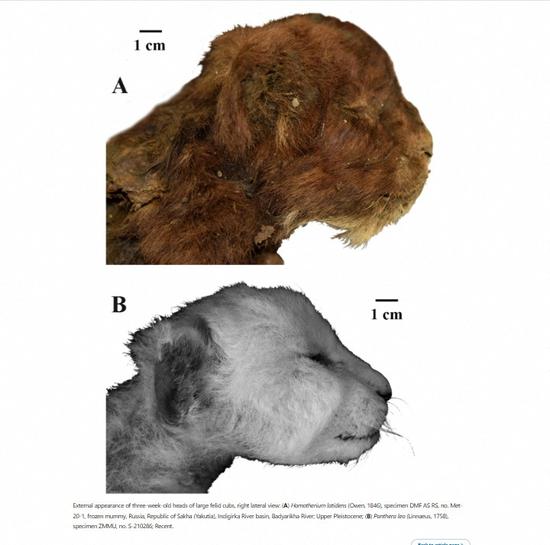
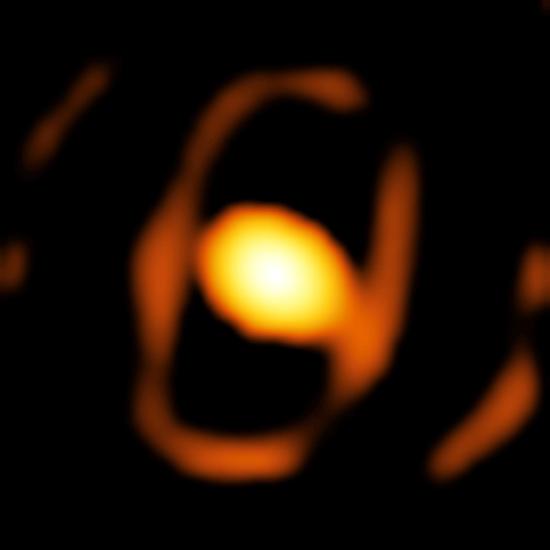





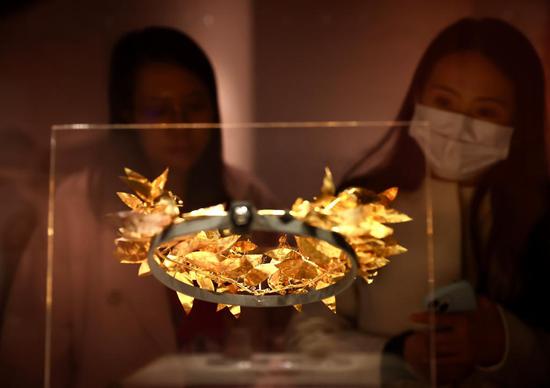

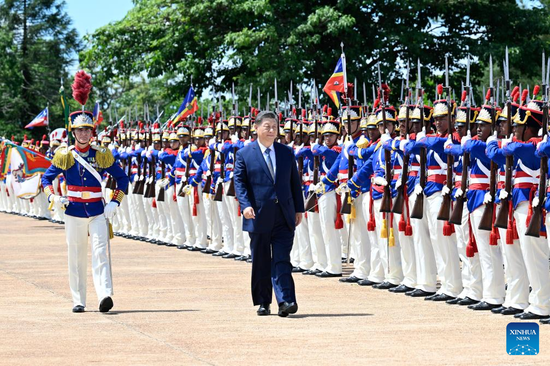

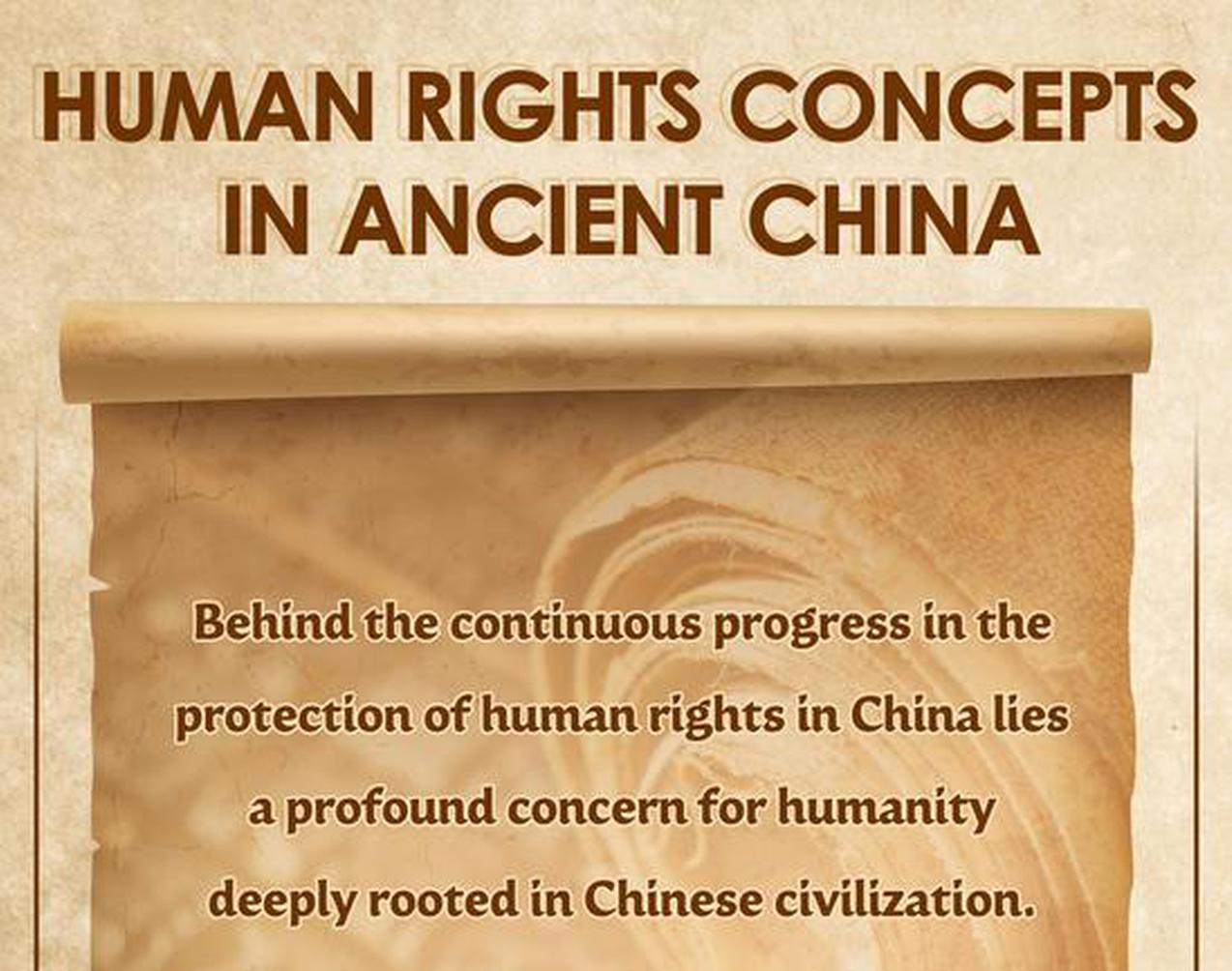






 京公網(wǎng)安備 11010202009201號
京公網(wǎng)安備 11010202009201號